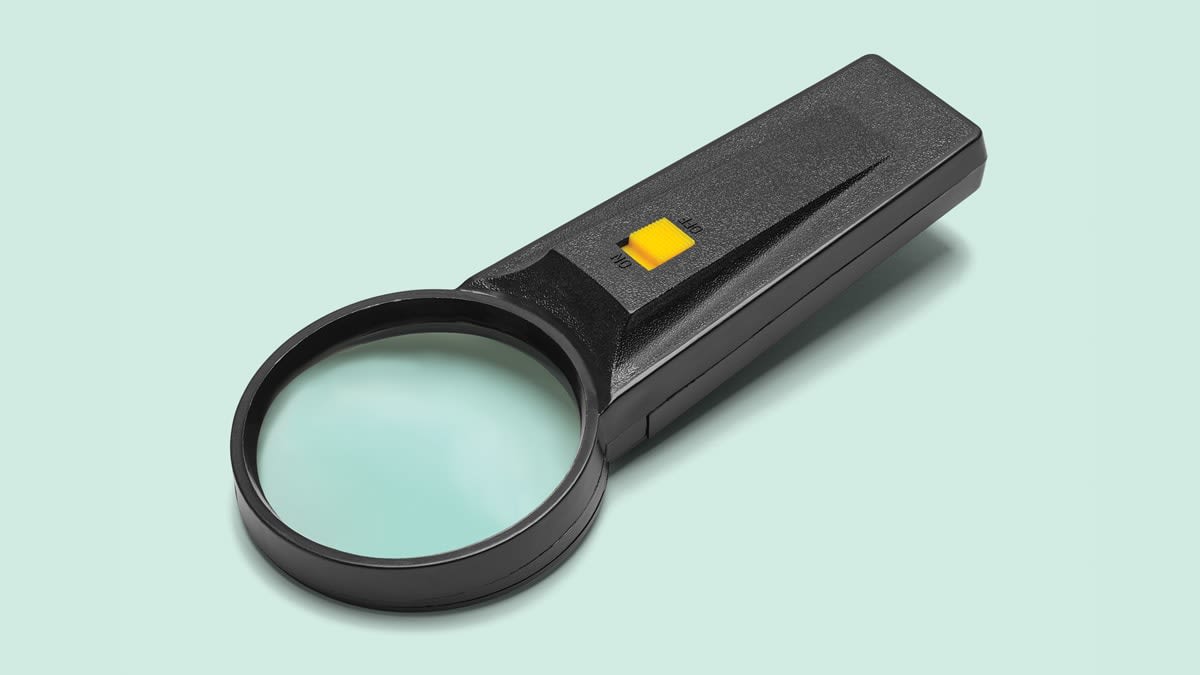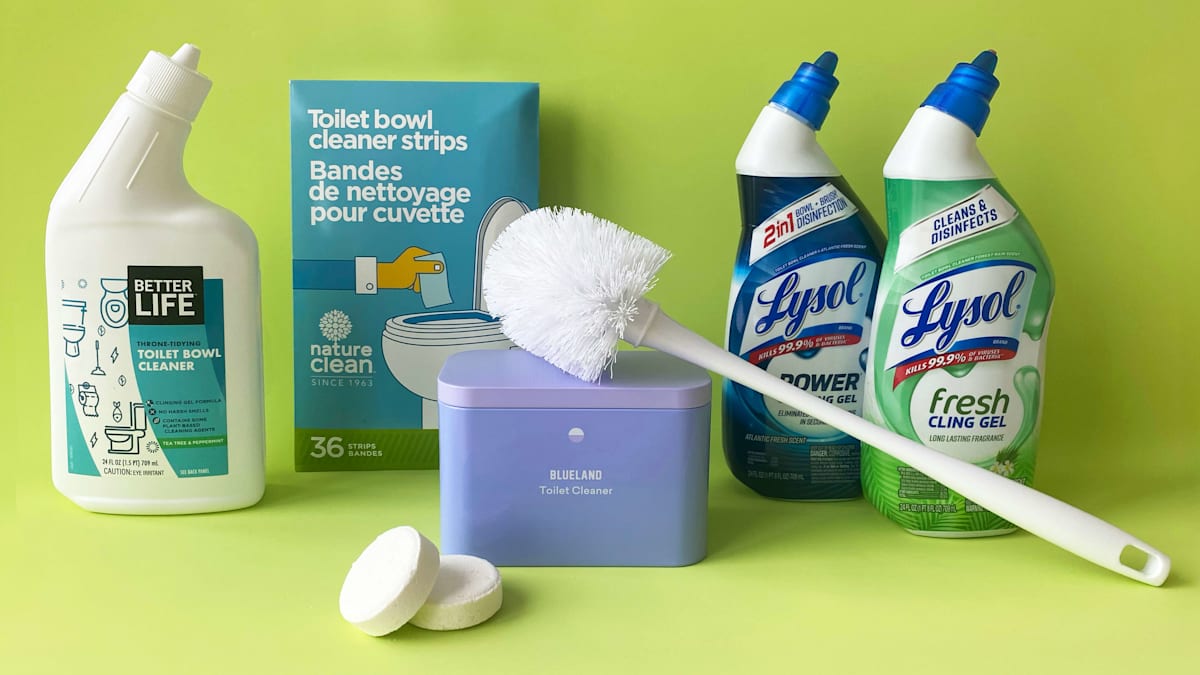How to Adapt to Vision Loss

Smartphones and computers often have helpful built-in accessibility settings, which can read aloud text on the screen, make default text sizes larger, and increase screen contrast. You can also take a photo with your phone of something you want to see, then boost the brightness, contrast, or zoom. Televisions, too, may have accessibility features you can adjust to make watching easier.
Phone apps for people with low vision can also be a big help, Mortazavi says. These include magnification apps like SuperVision+ Magnifier and apps such as Seeing AI and Envision AI that can look through your phone’s camera and turn text into speech, describe a scene in front of you, identify objects, or even recognize faces.
There are also handheld or wearable devices like OrCam and IrisVision that can read documents or describe the scene you are looking at, says Leannza Tang, OD, a low-vision optometrist at New York Eye and Ear Infirmary of Mount Sinai.
With a smart speaker or virtual assistant like Amazon’s Alexa or Apple’s Siri, you can ask simple queries screen-free or have the news or weather read aloud, says Maria Richman, OD, an optometrist in New Jersey who specializes in low-vision and vision rehabilitation.
Source link


